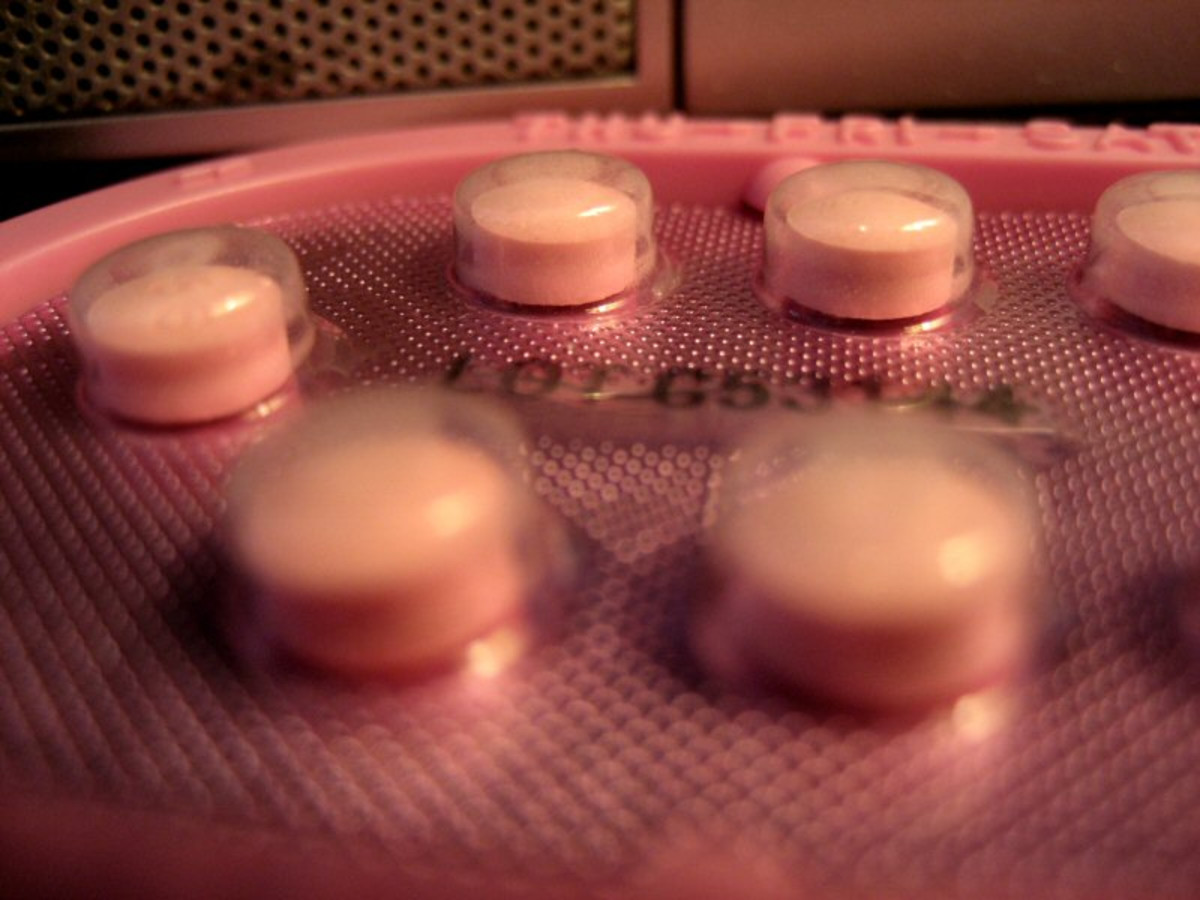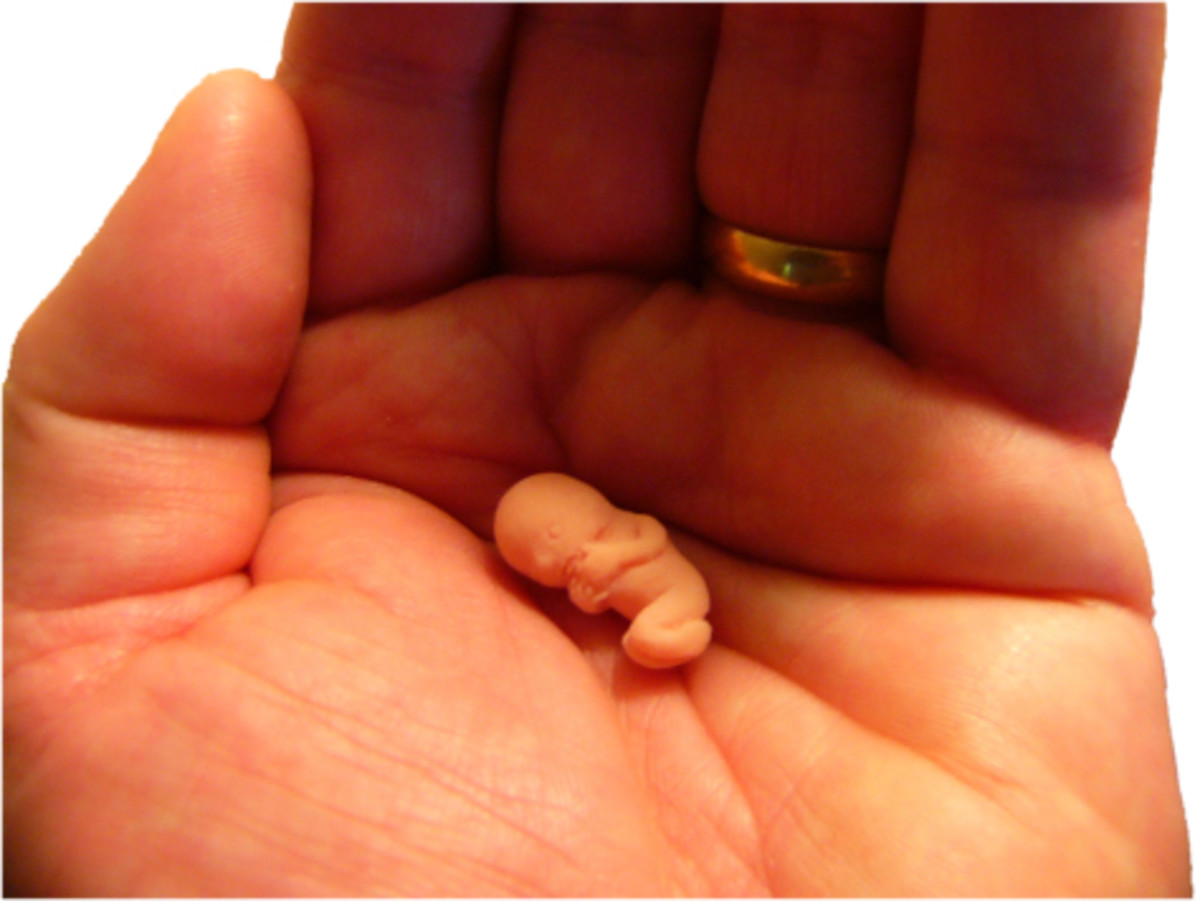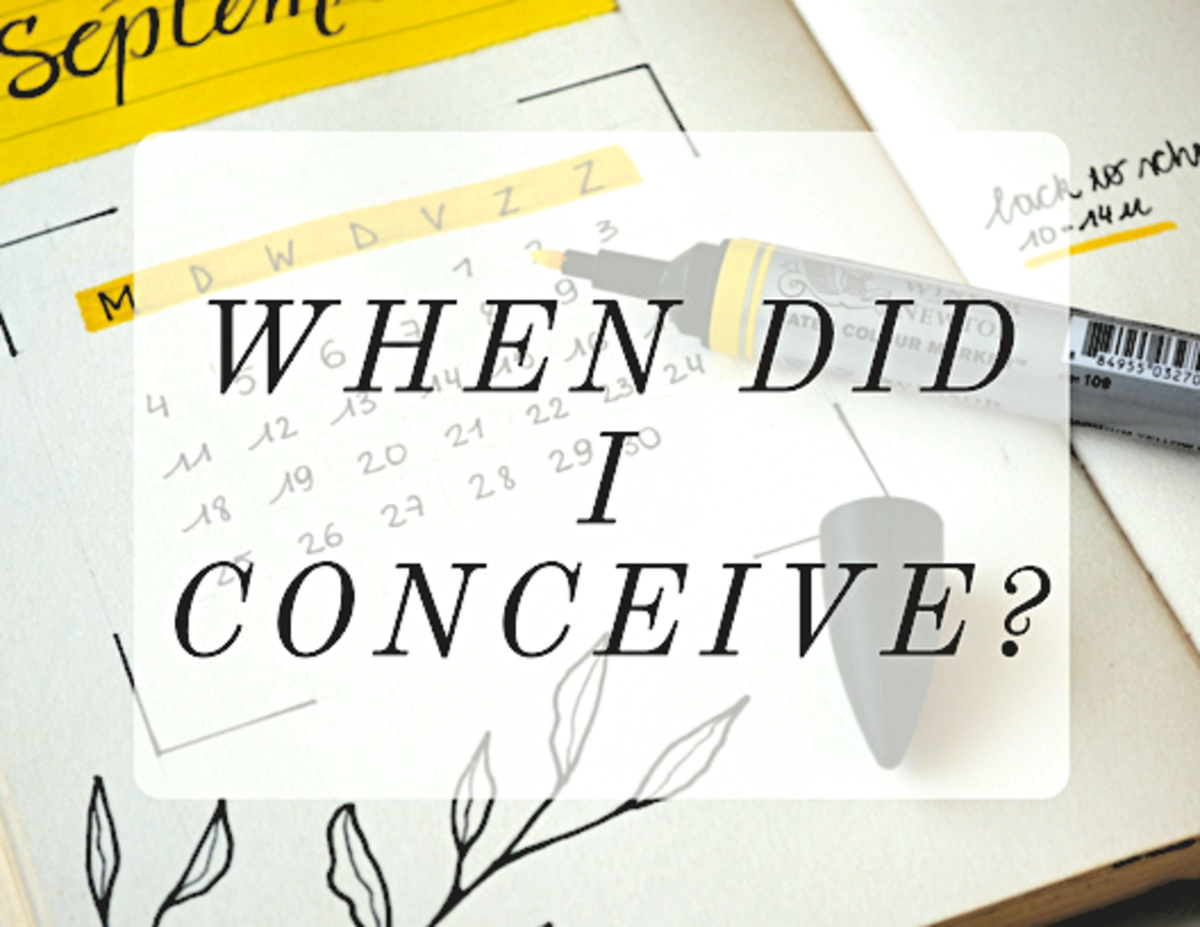Common Misconceptions About the Morning After Pill
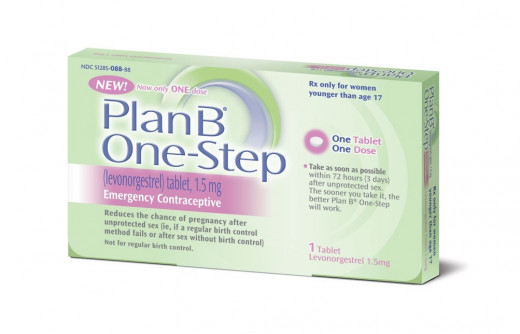
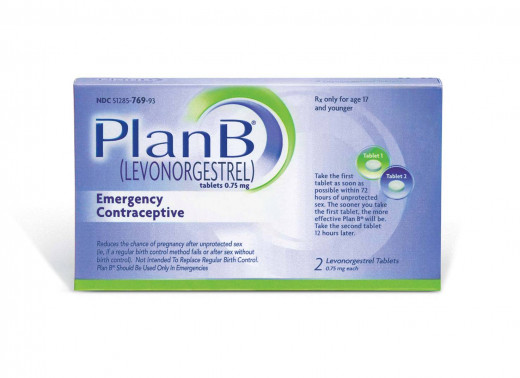
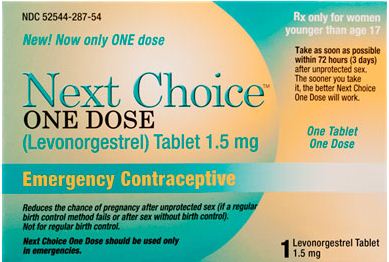
There are many misconceptions about emergency contraception, also known as the "morning after pill". Many women worry about their chances of getting pregnant and would like to know how to protect themselves. Having a birth control routine in place is the best and most effective way of preventing an unwanted pregnancy, but mistakes and uncertainty can happen.
Emergency Contraception has come a long way since it first entered the market, but unfortunately some of the old information is still circulating. Others do not have access to teachers or doctors who can share the current facts with them. Here are a few clarifications on emergency contraception pills, what they are, how they work, and the different options.
As a note, this article is mostly about Plan B and its generic Next Choice. While Ella is believed to work in the same ways, it is actually a different drug than Plan B, is newer to the markets, and therefore has fewer studies looking at it. The following clarifications are most likely true of Ella as well, but more studies are needed to confirm it.
#1. It's not the same as the "abortion pill"
The "abortion pill" is known as Mifepristone or RU-486. It is a drug that will terminate pregnancies that are 9 weeks or less along. It works by blocking the production of the hormone progesterone, without which the uterine lining will collapse (and therefore end a pregnancy).
The "morning after pill", on the other hand, has no effect whatsoever on an existing pregnancy. This is because it actually is a synthetic version of progesterone, the exact opposite of the abortion pill. Progesterone, in its natural form, is a necessary hormone for building the lining of the uterus and sustaining a pregnancy. Think "pro-gestation". While it is not advised to take Plan B if you are or may be pregnant (why would you?), there is no evidence that an extra dose of progesterone will harm a pregnancy.
#2. Why it works for three days
Plan B and its generic option Next Choice are approved for use up to three days after unprotected sex. Ella, on the other hand, is approved for five.
I have seen the following statement far too often on the internet: "You can take [the morning after pill] up to three/five days after sex because it can take that long for sperm to travel to the egg." This statement is INACCURATE! Sperm can reach an egg within thirty minutes after the egg has been released.
The real reason the morning after pill can work for three/five days after sex is this: With fertile cervical fluid, sperm can live that long, until an egg is released. See the difference? It has nothing to do with travel time, and everything to do with cervical fluid. Each egg cell is only viable for about 24 hours once released from the ovary; they actually have a pretty short life! Your cervix, however, naturally creates fluid before ovulation that can protect sperm for five days. This means that sex within five days before ovulation can still result in pregnancy, because the sperm were still alive to meet the egg.
This plays directly in how the morning after pill works in the first place. The morning after pill delays ovulation and thickens the cervical fluid. This helps to prevent pregnancy by making the cervical fluid less fertile, which makes it harder for the sperm to live, and delaying ovulation until all the sperm die naturally. So, if you have unprotected sex, even three or five days later the sperm could still be alive, and so pregnancy is still a risk. Taking the morning after pill will provide a burst of hormones that will delay even impending ovulation so that it occurs after the sperm have all died.
The sooner you take the morning after pill the greater the chances of success. The longer you wait, the more chance there is that your body ovulates and releases an egg, and the morning after pill can no longer delay what has already happened.
#3. It does not block implantation of an already-fertilized egg
The misconception that it does impair implantation is based on old information and "what ifs". When the morning after pill was first approved for market, it was not actually known how it worked, only that it did. To cover all of their bases, the FDA ordered the labels to include "may prevent implantation."
Several studies on the morning after pill have since been made, and they do not indicate that the drug plays any role in implantation. Unfortunately, the FDA has not yet allowed the drug-making companies to stop printing this warning, although there is no scientific basis for it. Despite the FDA, many doctors and health organizations have supported the science by removing this warning from their information and publicly stating that the warning is misleading and inaccurate. The International Federation of Gynecologists and Obstetrics has issued such a statement.
This New York Times article is one of many on the subject and has a very thorough discussion on this debate. It also describes a study where women were given Plan B after first determining through hormone tests whether they had ovulated. All those who had not yet ovulated when taking Plan B prevented pregnancy, but those who had already ovulated experienced pregnancy at the same rate as if they had taken no intervention at all. If the drug had had any effect after ovulation, then these women would have experienced lower pregnancy rates. This and many other studies have determined that the morning after pill works only by delaying ovulation, and is not effective after ovulation.
This is not surprising, since, as mentioned above, Plan B is a synthetic progesterone, which is actually needed to maintain the uterine lining (where the fertilized egg implants), not destroy it.
#4. Plan B is not guaranteed to prevent pregnancy
The information above leads right into this one. Some women mistakenly believe that they can take the morning after pill and "problem solved". These pills are not 100% effective, however, because their effectiveness depends entirely on when in their cycle the woman takes it. The pills are very effective if taken before ovulation, but not effective afterwards. Some women chart their cycles, but most are unaware of when or if they ovulate. This reduces the "overall" effective rate considerably.
The Plan B site says that "seven out of every eight" women will avoid pregnancy... which means that one will still become pregnant. The New York Times article above sites a study that suggests the success rate of Plan B is actually as low as 52%.
Whichever it is, the lesson is that emergency contraceptive pills can significantly decrease your chances of getting pregnant, but they do not guarantee prevention. A regular routine of birth control is still the best way to prevent pregnancy. If you do have to take Plan B or another emergency contraceptive, you should always confirm afterwards that your period has arrived and that pregnancy has not occurred.
Talk to the pharmacist or a gynecologist
If you believe you may need to take the morning after pill, or have already decided to, it's smart to speak with the pharmacist or a gynecologist (if you can get an appointment that soon) about the drug. They can advise you whether your situation might call for it, answer any questions you have, and prepare you for any symptoms that you might experience.
Plan B and its generic forms are available over the counter to anyone 17 or older. Any woman 16 or younger needs a prescription from a doctor. Ella is currently availably only with a prescription.
©StandingJaguar
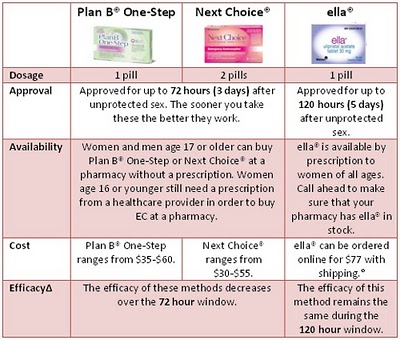
More in Women's Reproductive Health:
The Link Between Body Temperature, Ovulation, and Pregnancy Charting your daily body temperature will reveal whether you are ovulating, pregnant, and more. A woman's body temperature rises and fall depending on what phase of her cycle she is in, and charting this data will reveal to you the health of your cycles and fertility.
Fertility Awareness 101: Understanding Your Body While Preventing or Achieving Pregnancy An introduction to the Fertility Awareness Method, a natural way to achieve or prevent pregnancy and learn about your body. Track your waking temperature, cervical fluid, and other signs to decipher your cycles and gage your fertility.

